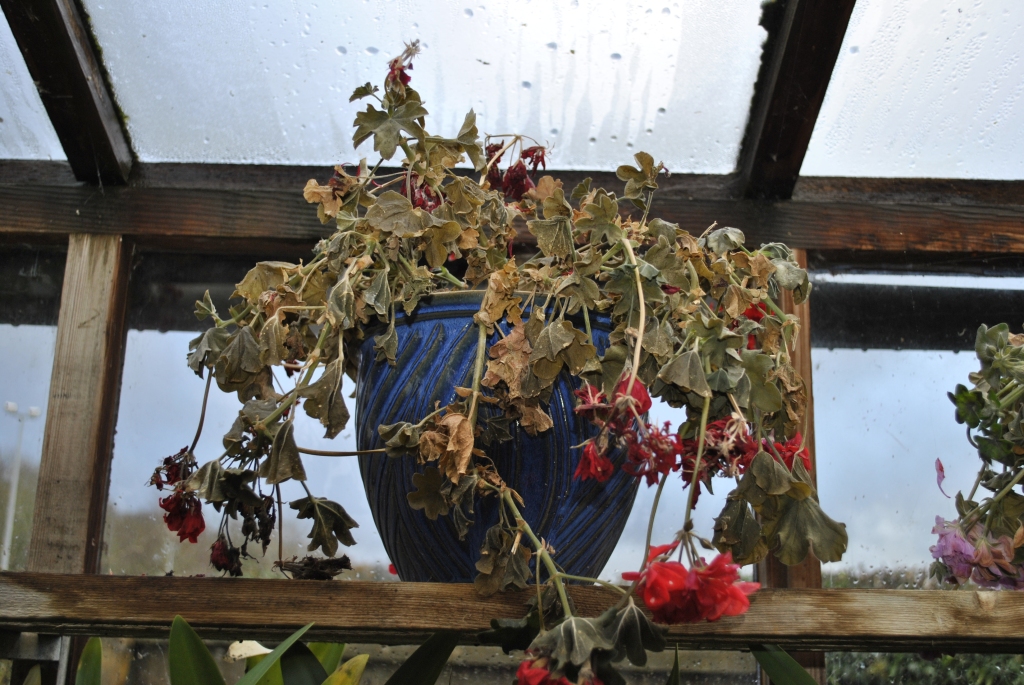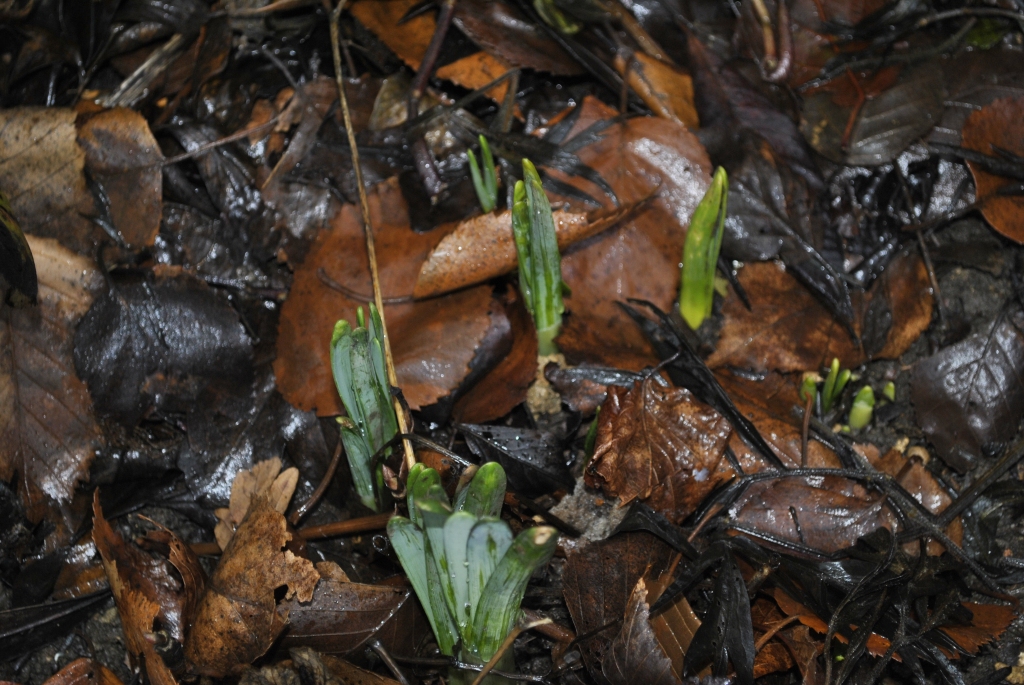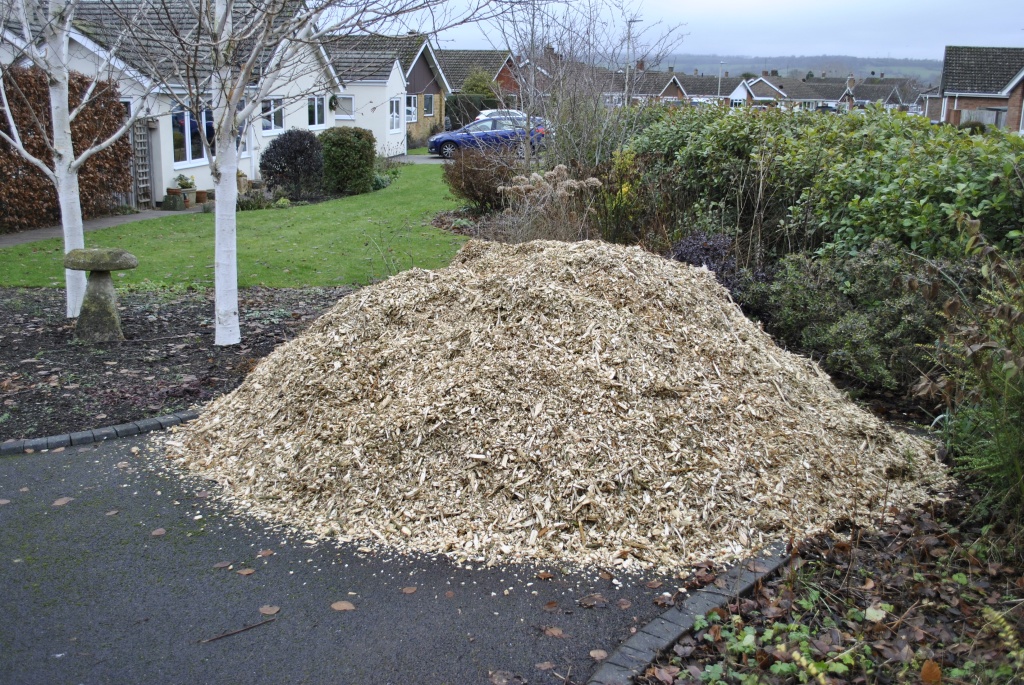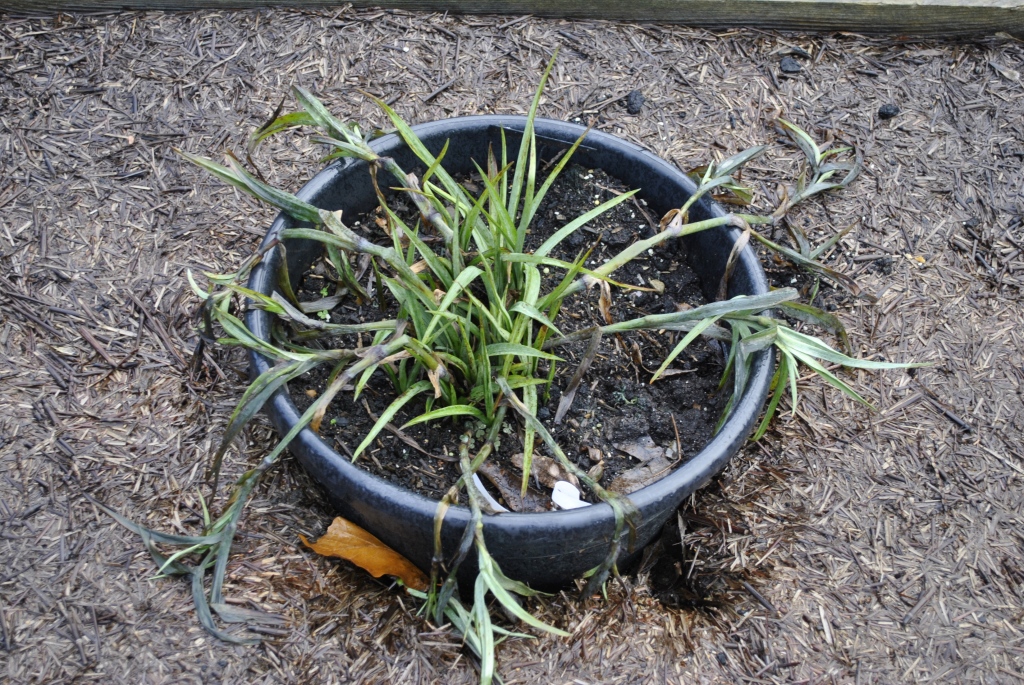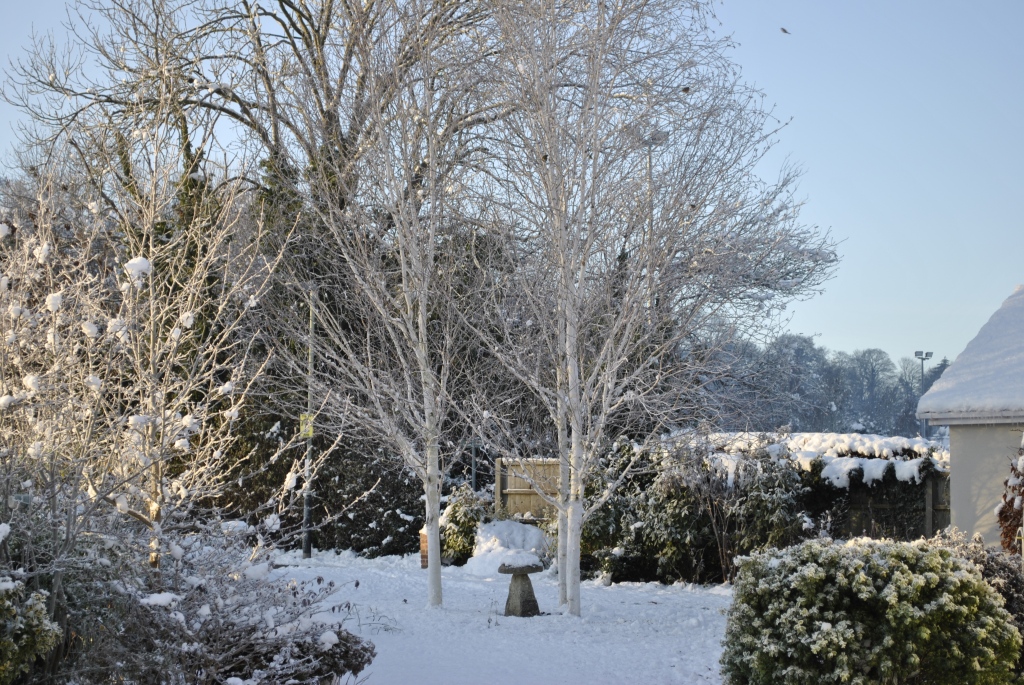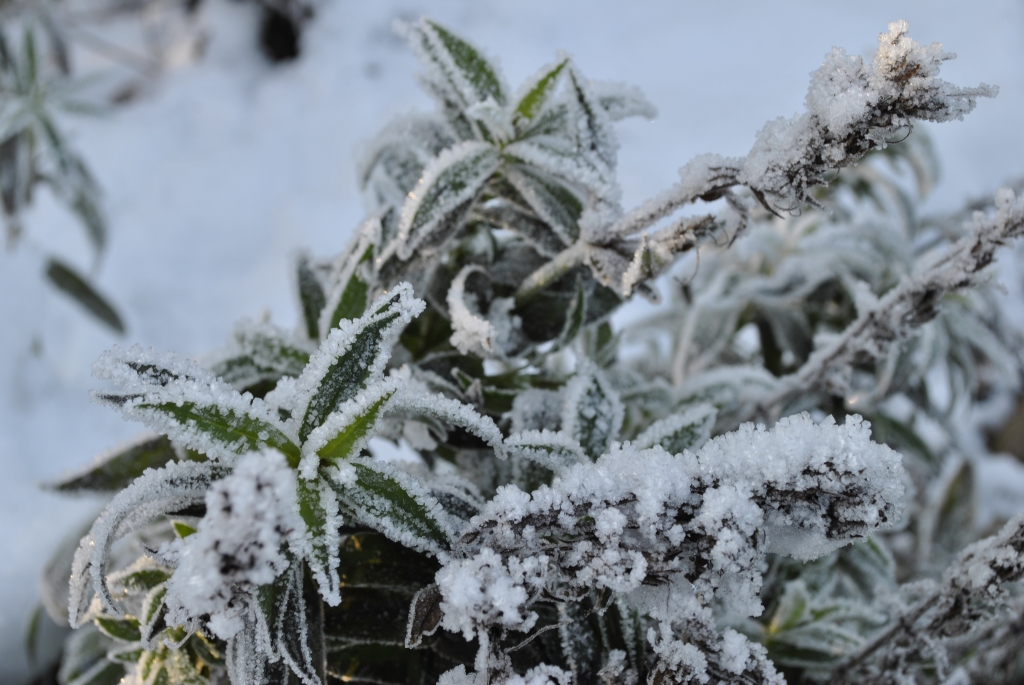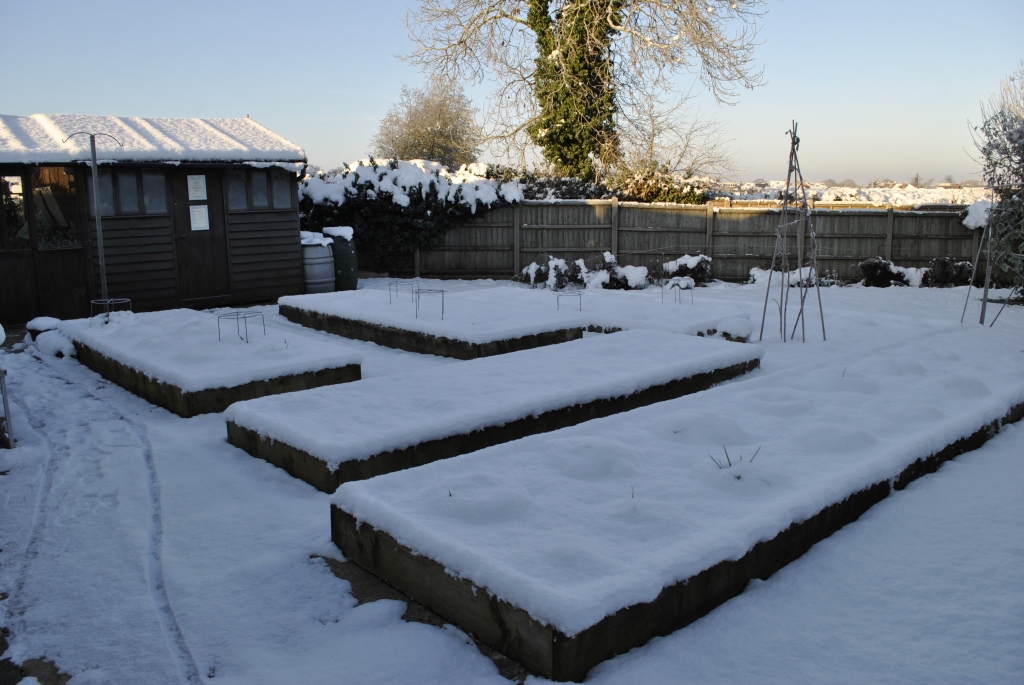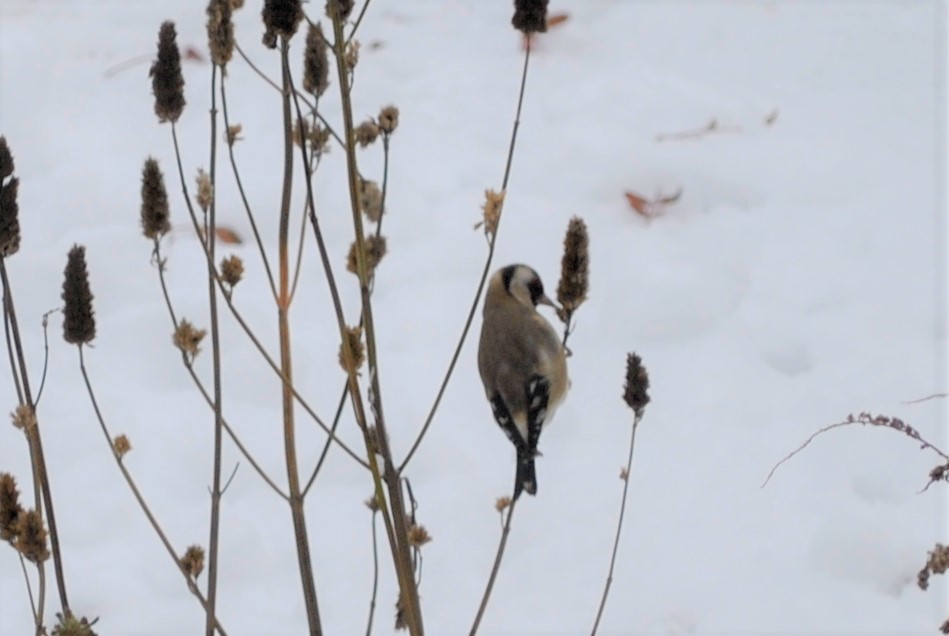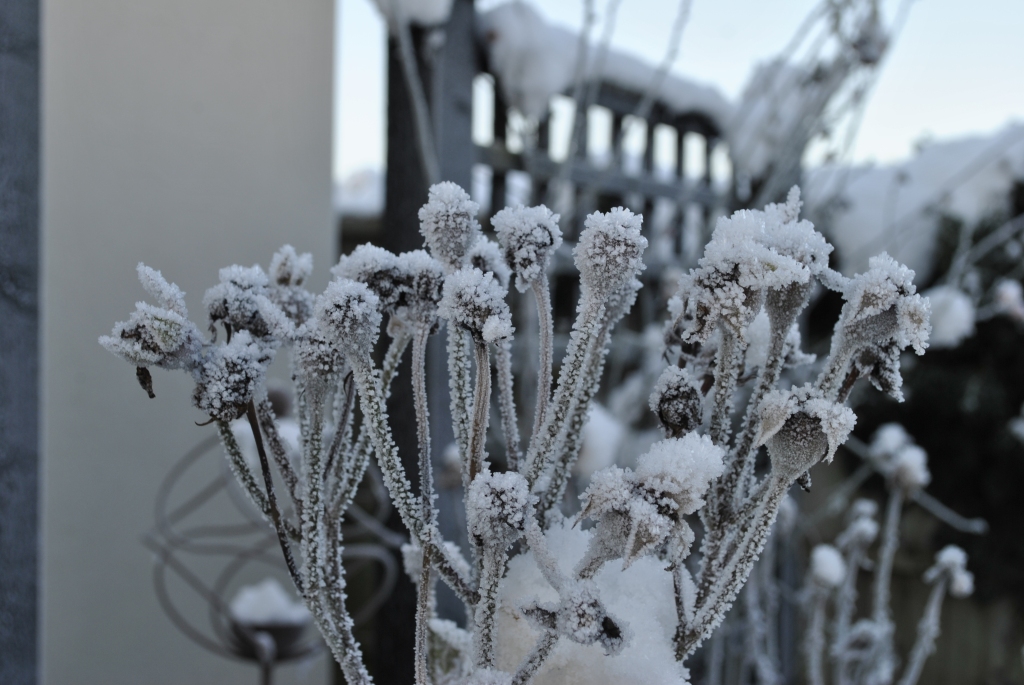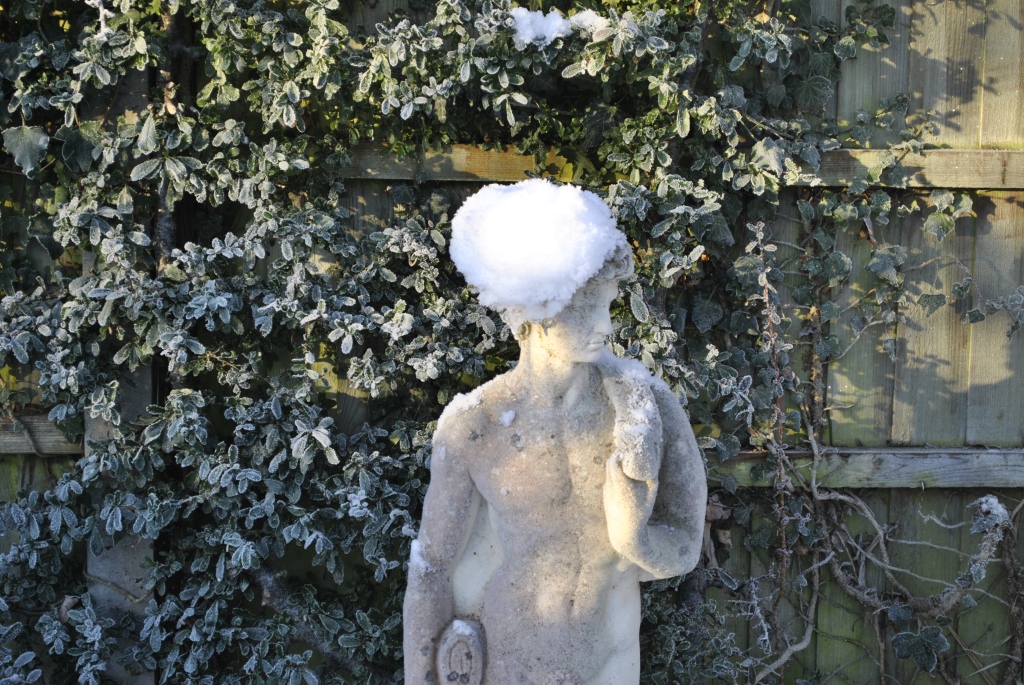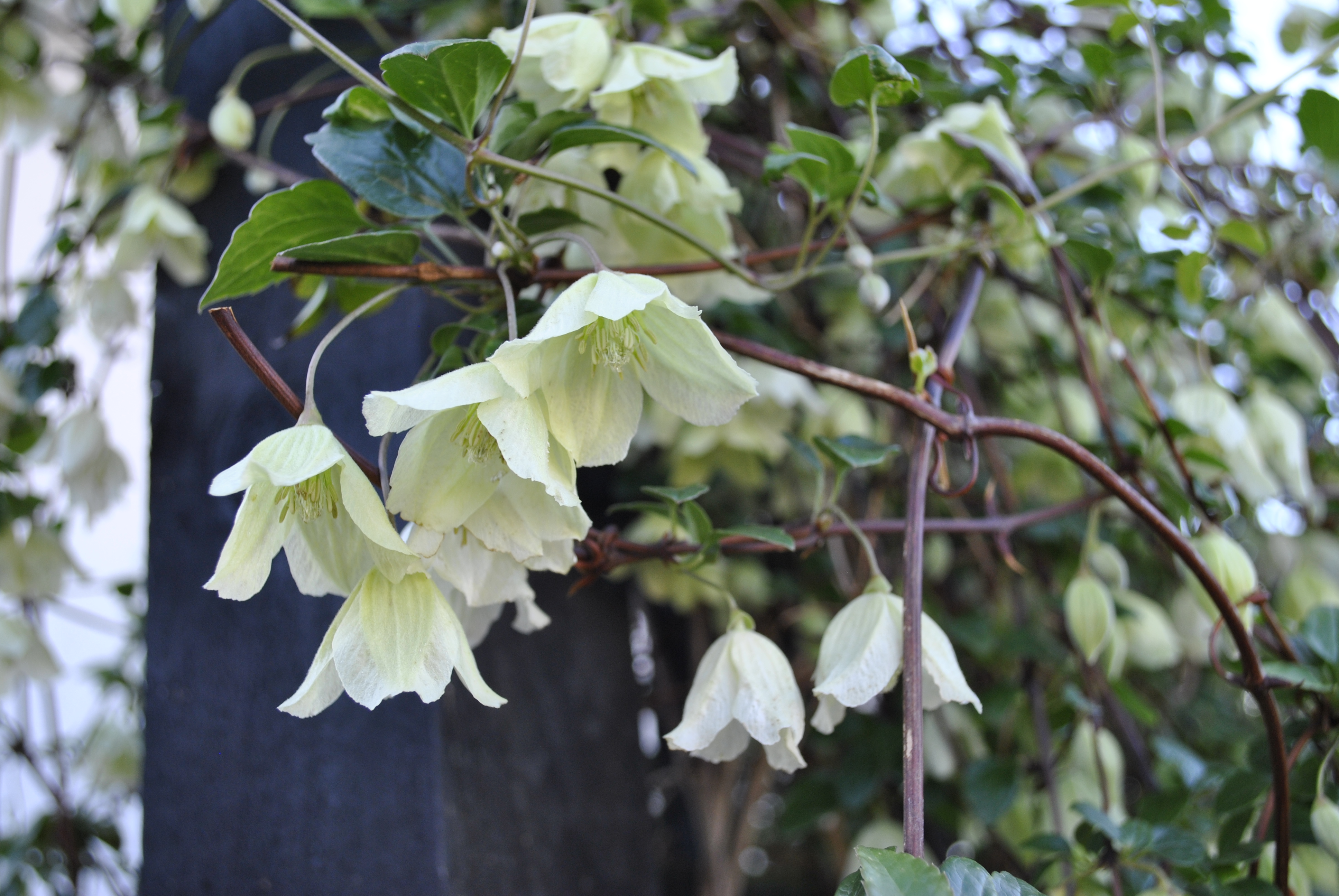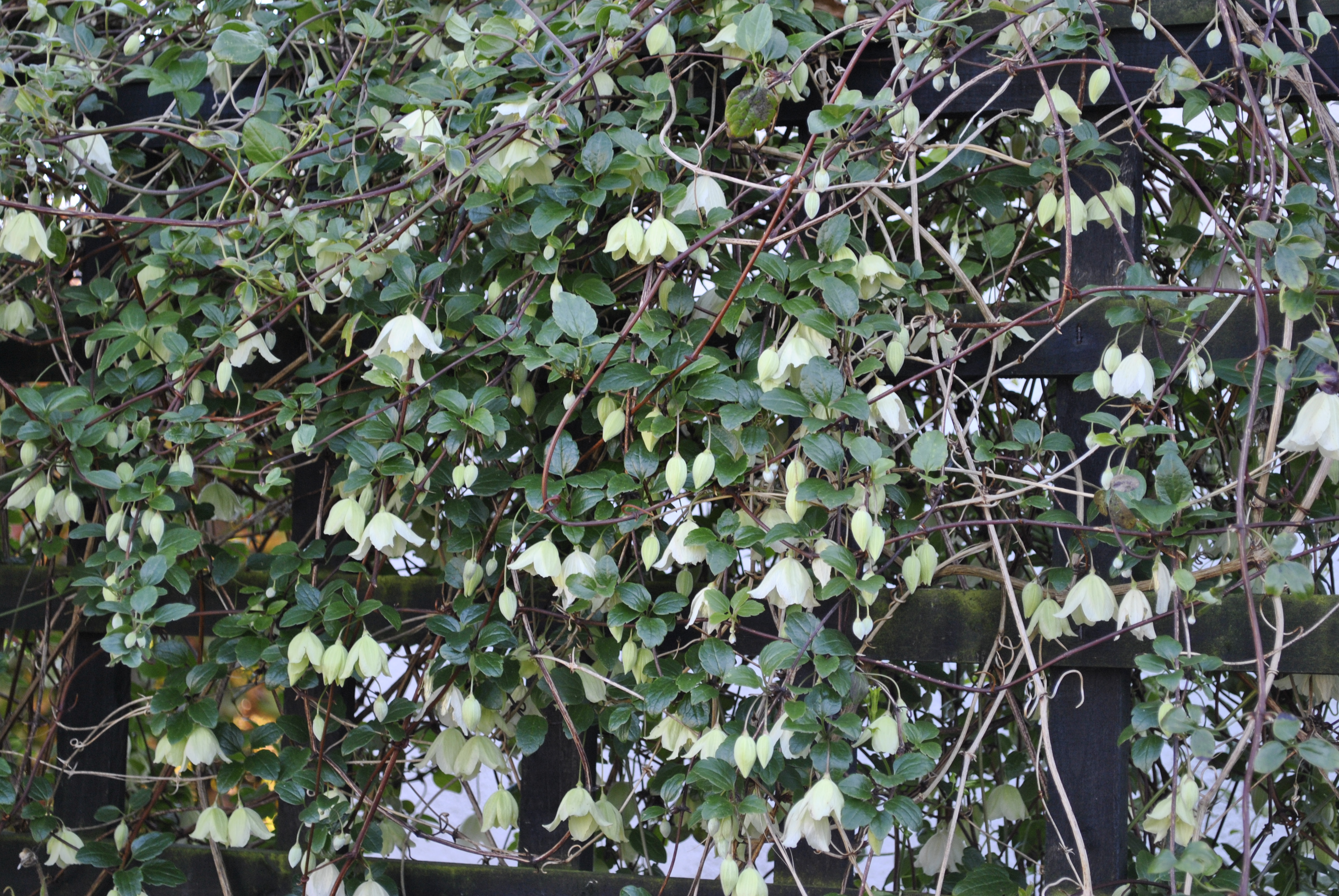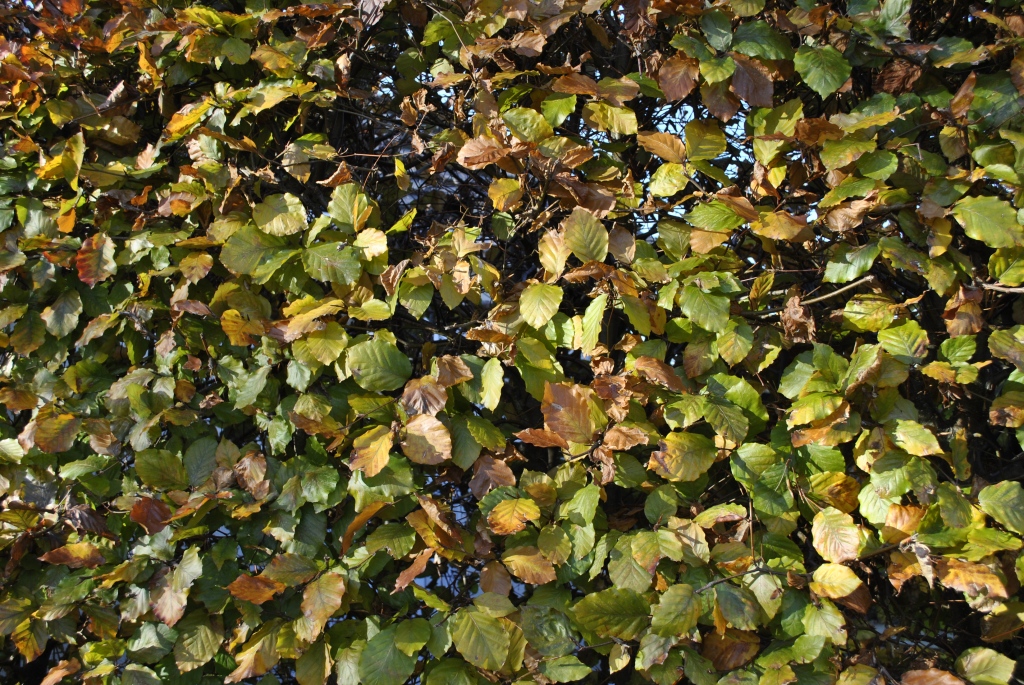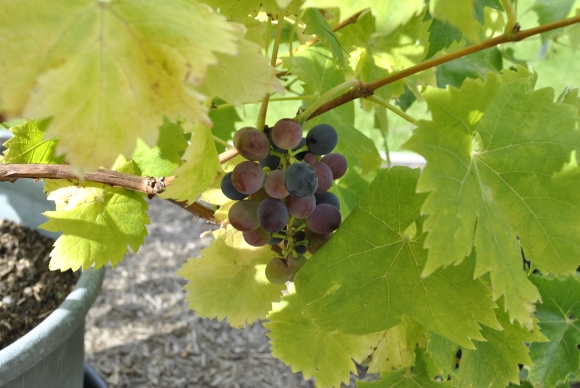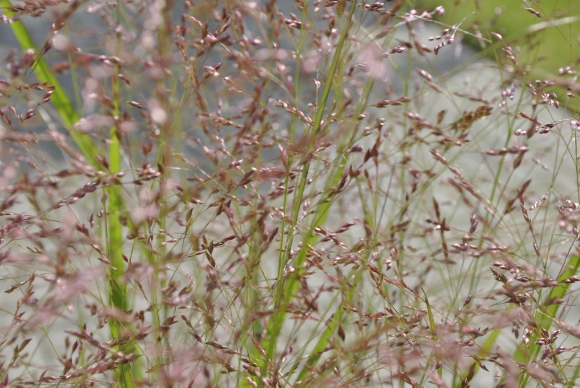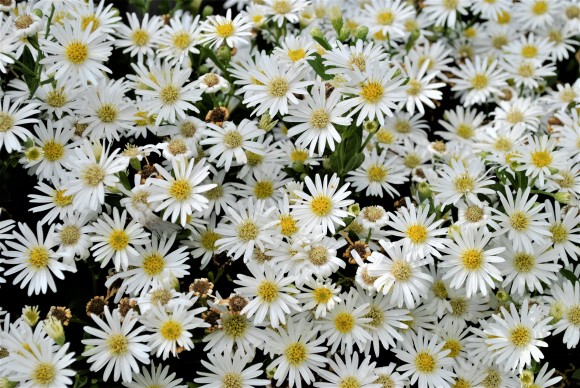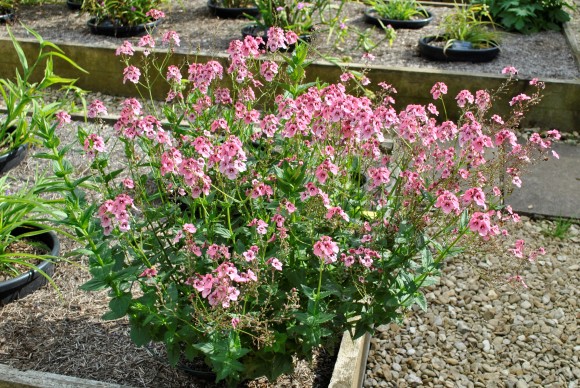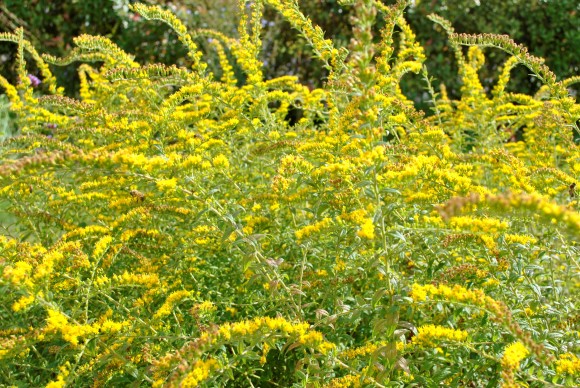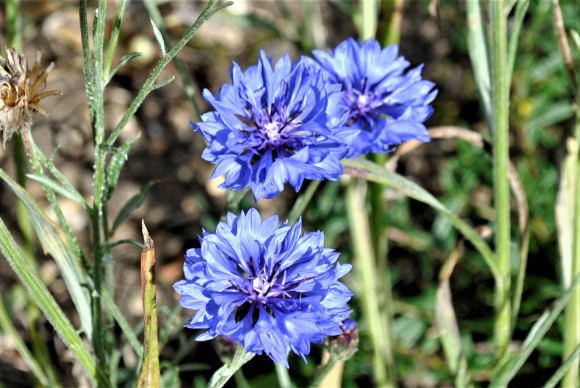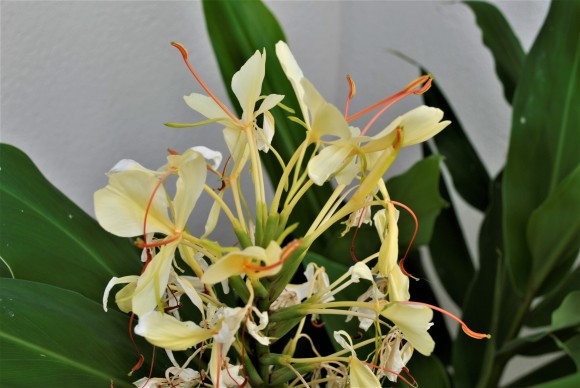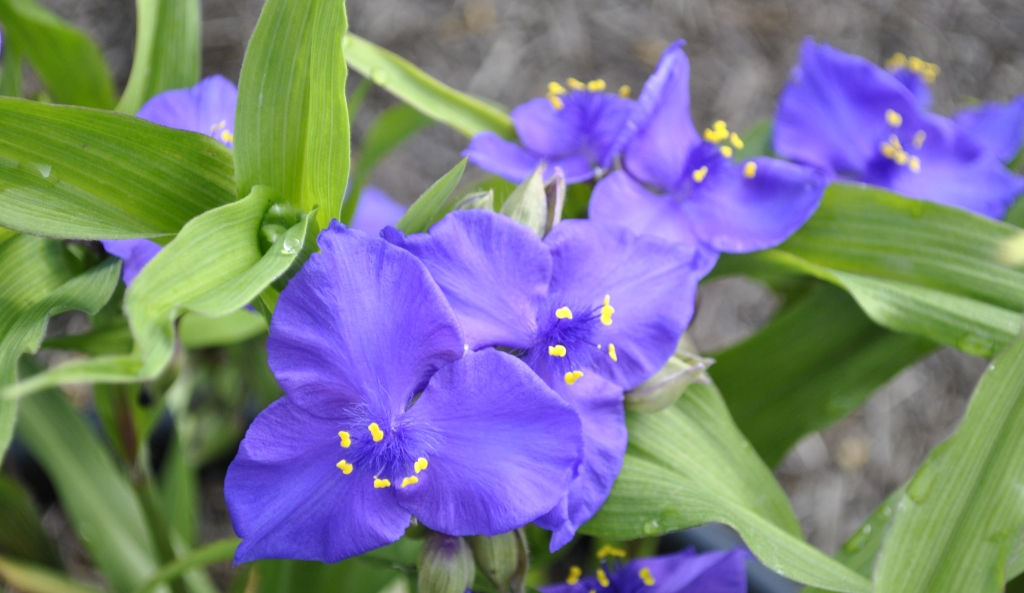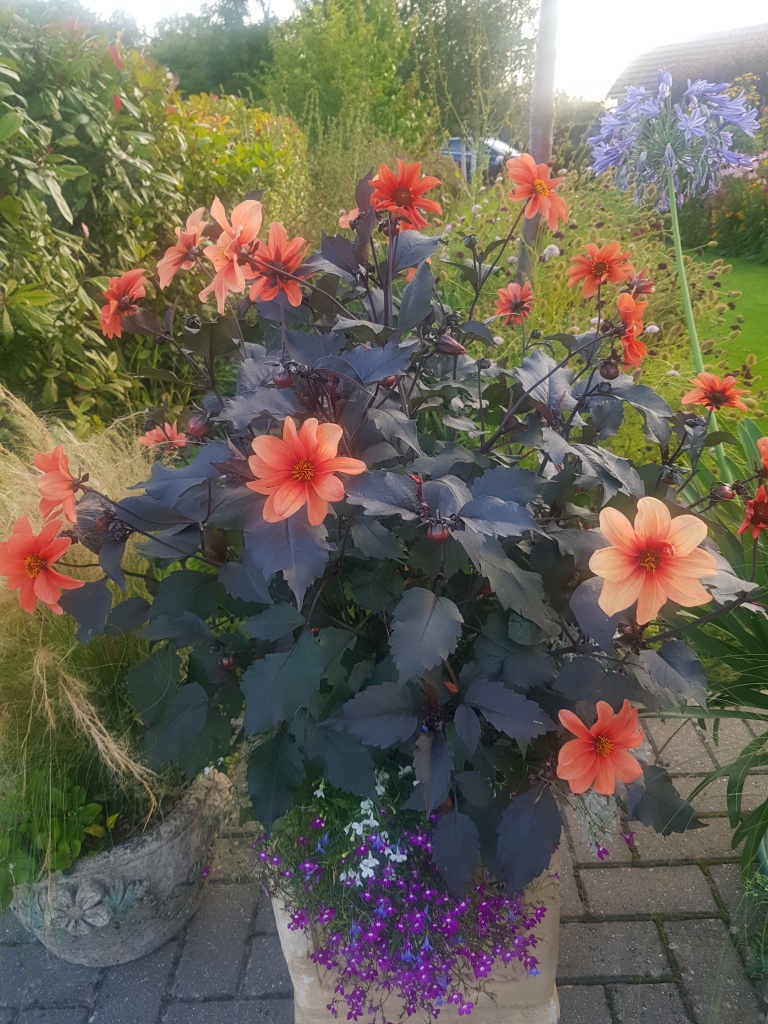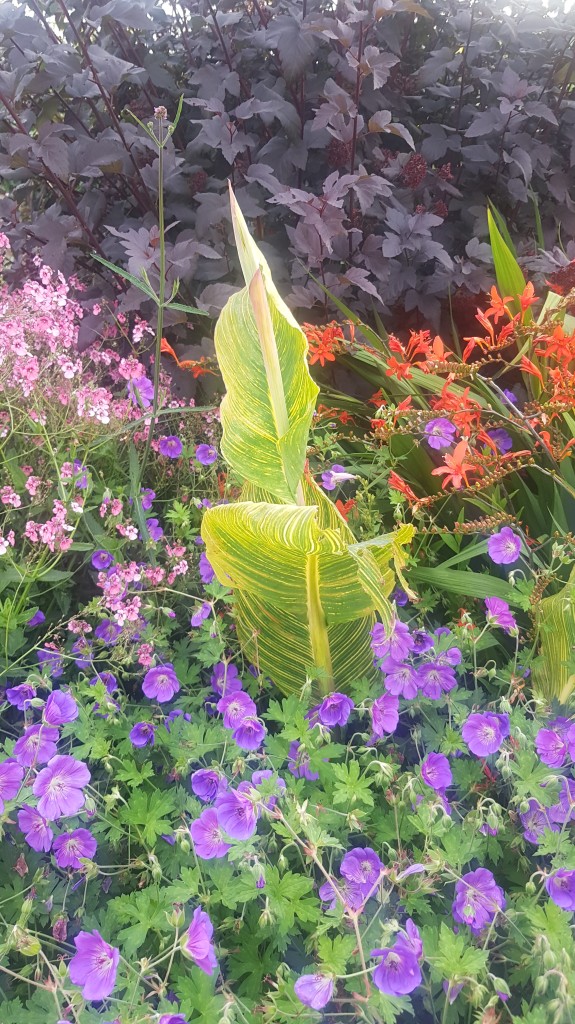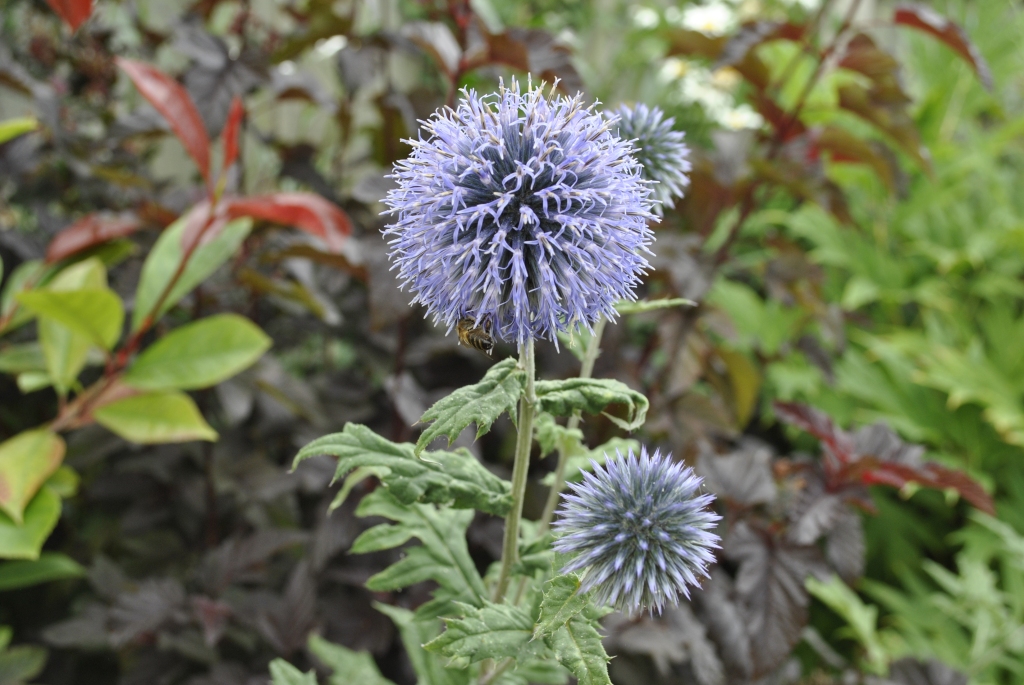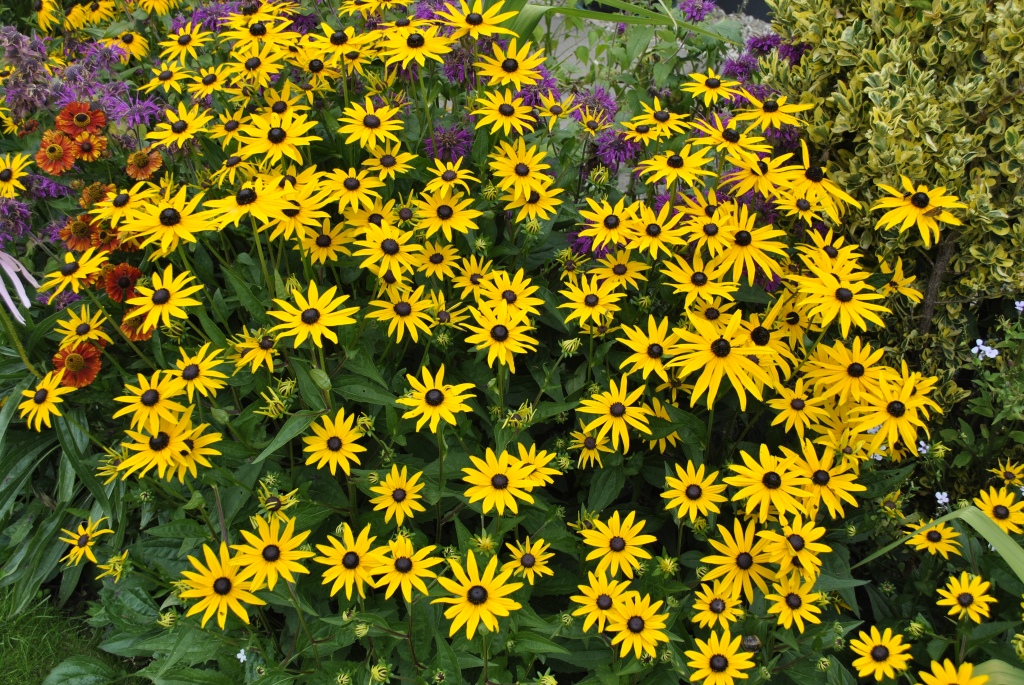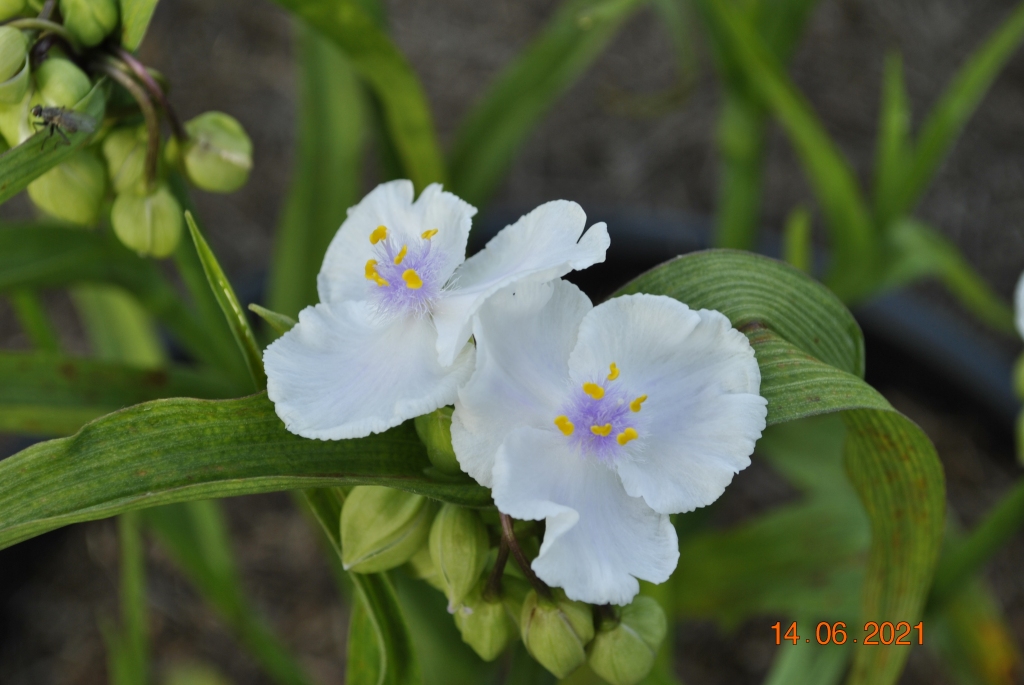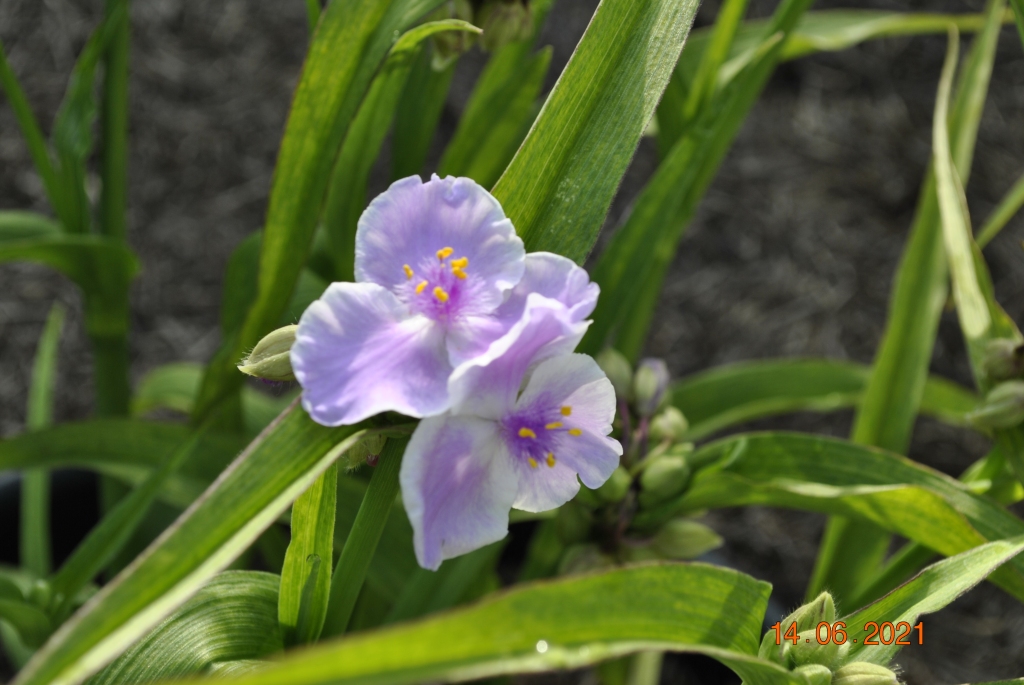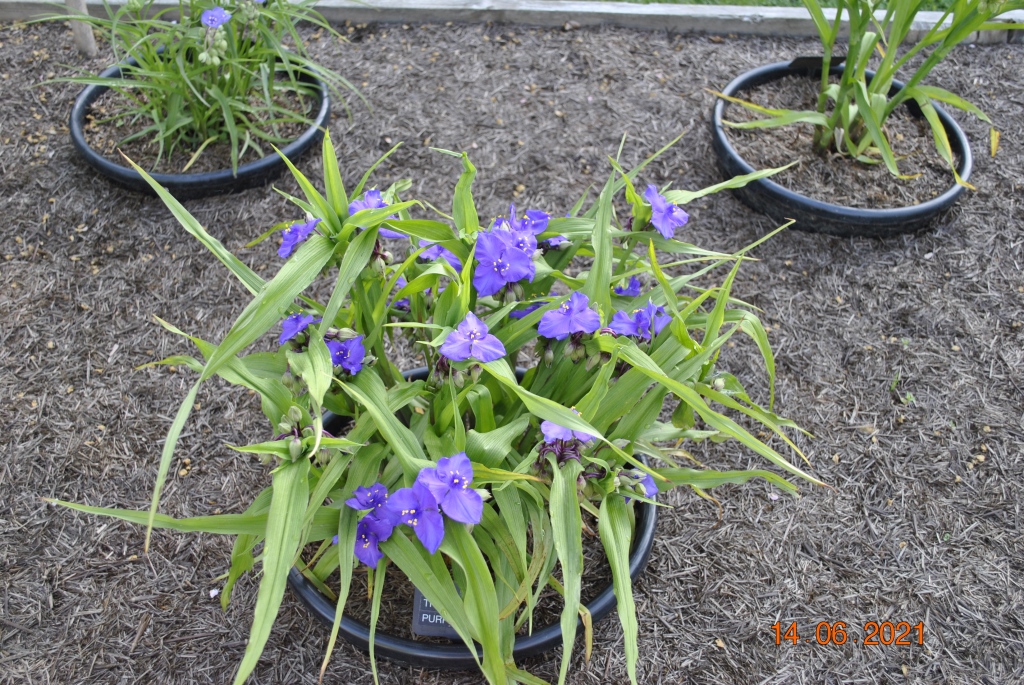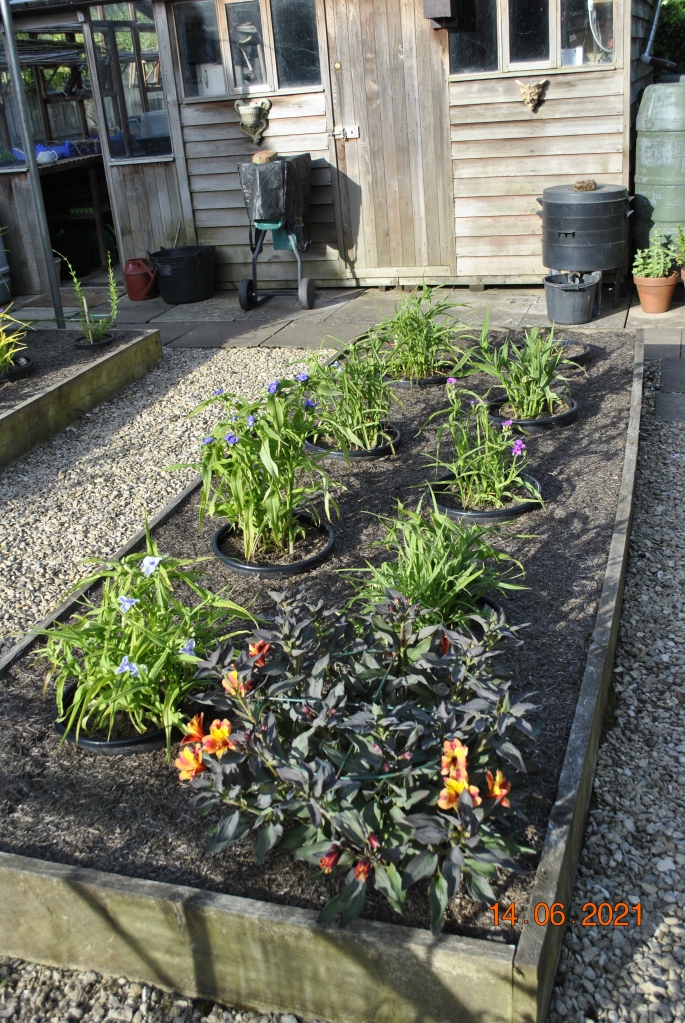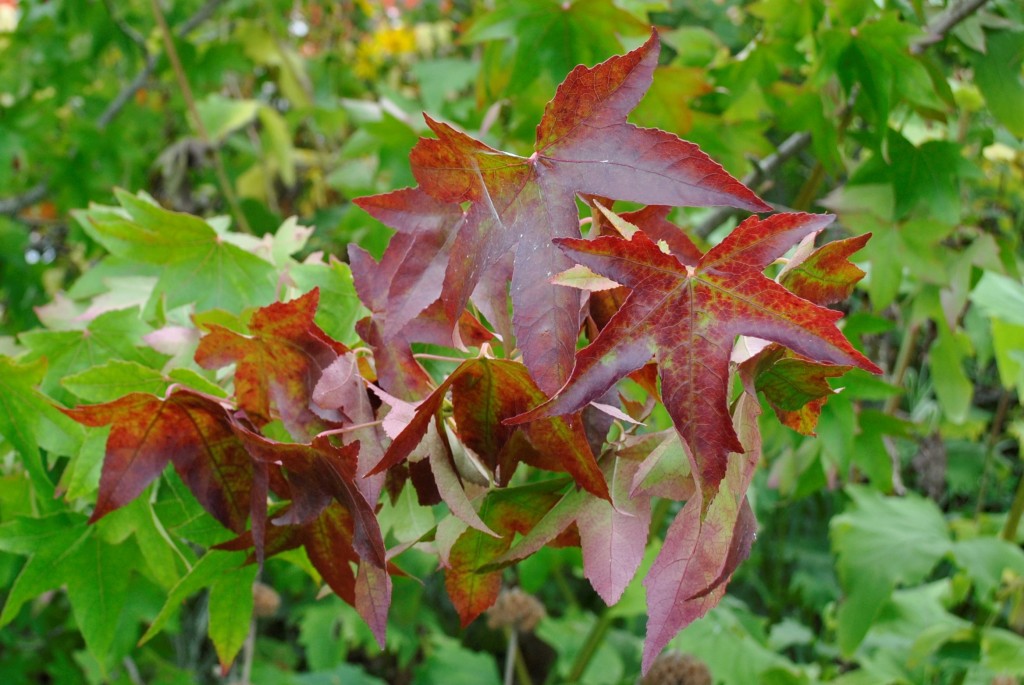
It would seem that Autumn is upon us already and the turning leaves of the Liquidambar styraciflua ‘Worplesdon’ are always the first to confirm it in my garden. Not really surprising as these acer relatives are primarily grown for their glorious autumn hues of red and orange.
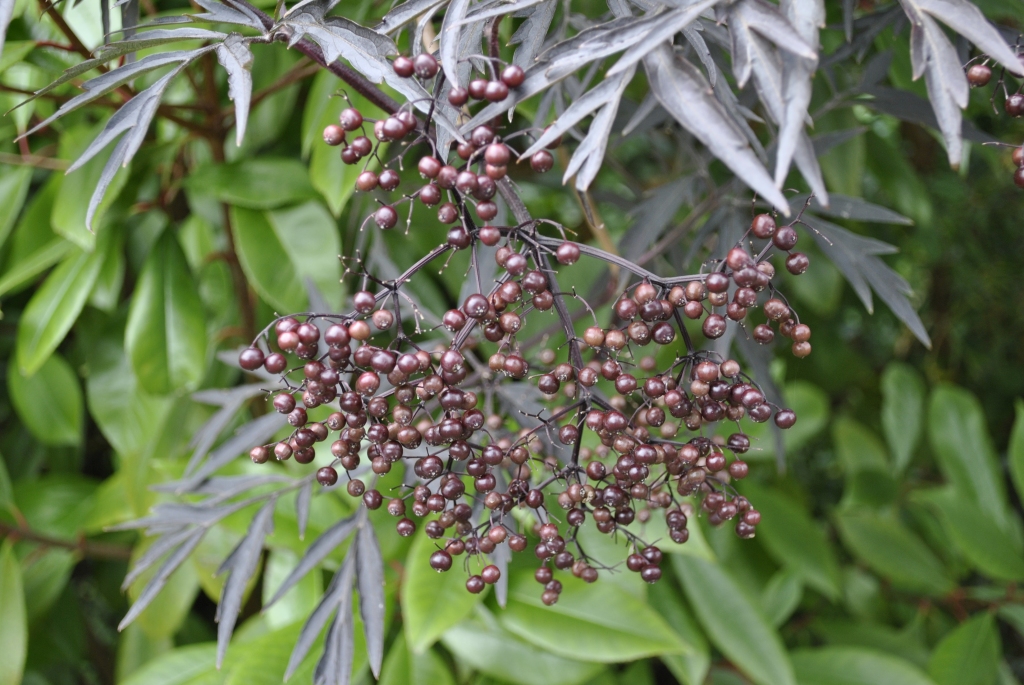
The fruits of the dark leaved elder, Sambucus nigra ‘Black Lace’, are also a sign that the seasons are slowly changing. It won’t be long before the birds will pick them clean in preparation for whatever sort of winter we are going to have this year!
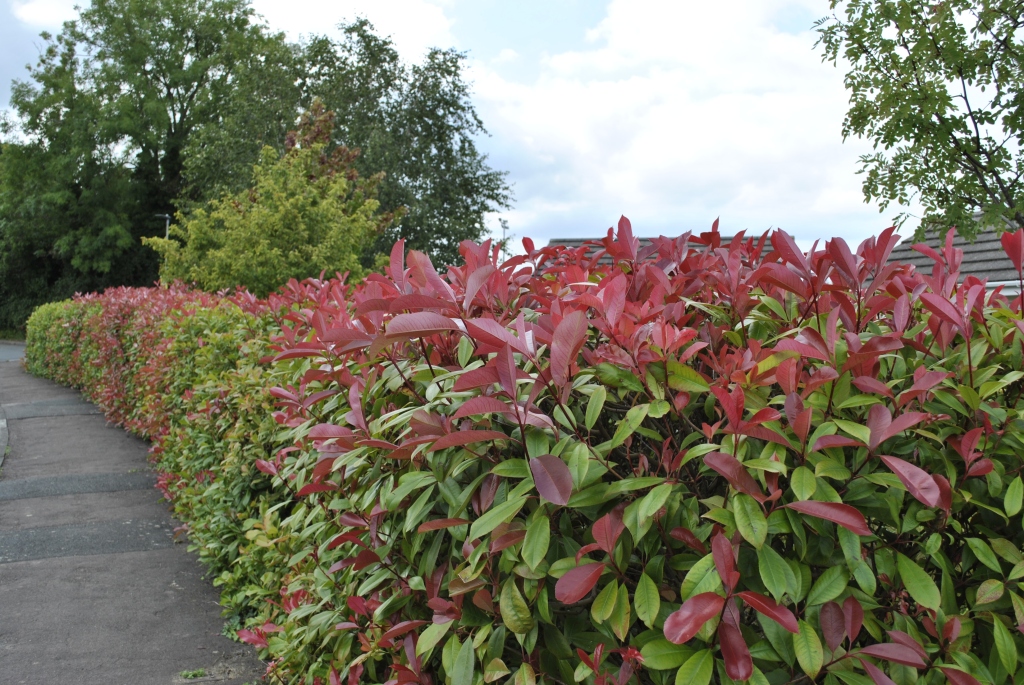
The red tips of the Photinia fraserii ‘Red Robin’ have appeared again just a few short weeks after their mid summer trim and in rude health after the disappointingly wet July & August. A final trim might be in order at the end of the month just to keep it tight and tidy for the winter.
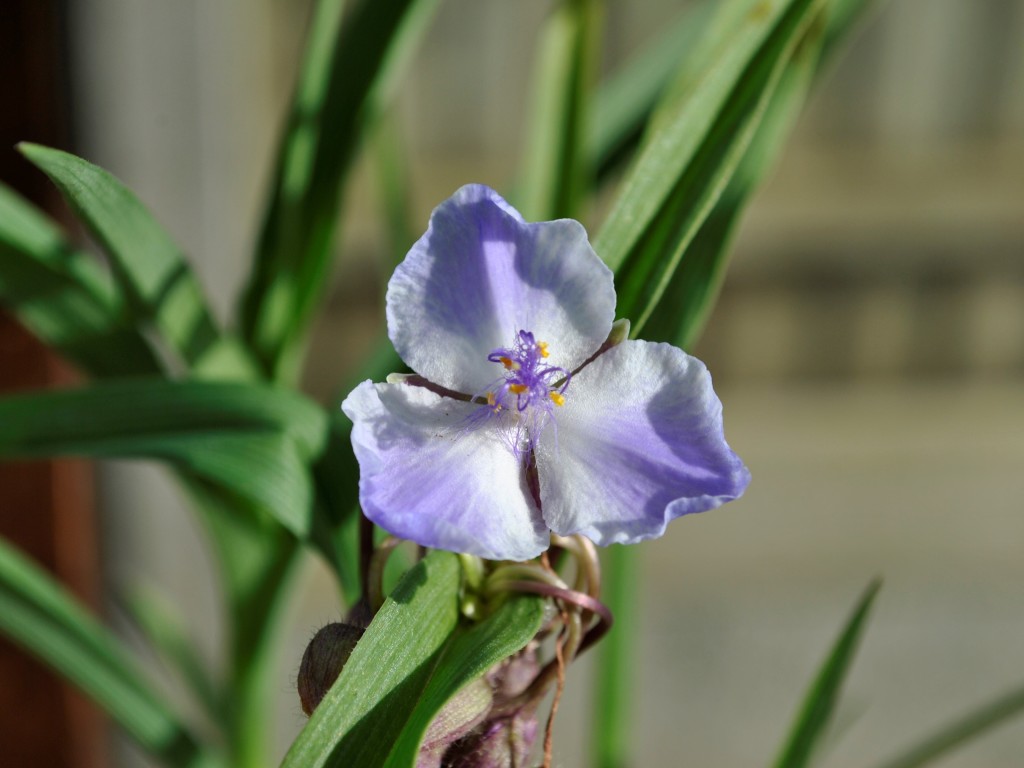
One of the benefits of being the National Collection Holder of hardy Tradescantias is the potential for new cultivars from the hundreds of self sown seedlings I get each year. The Tradescantia Andersoniana Group is very promiscuous and hybrids are plentiful as in many species, and new varieties are often selected from the result of cross pollination. Very few are sufficiently different to be worthy of the work and cost required to progress them via micro-propagation but occasionally an unusual colour combination catches my eye as the one above did yesterday. I have provisionally called it ‘Lavender Blush’ and I will grow it on to see if the colours remain stable next year. Fingers crossed!
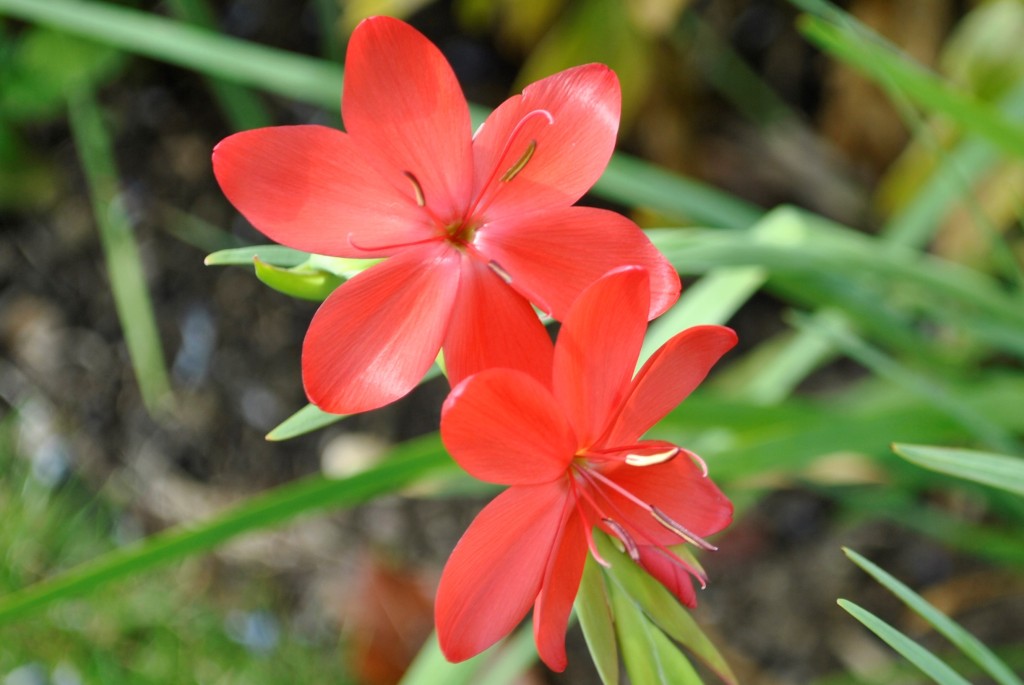
A month too early but the Hesperantha coccinea are beginning to flower, again probably due to the wet July & August mimicking the summer rains in their native South Africa. The pale pink and white varieties are yet to show but it surely won’t be long now.
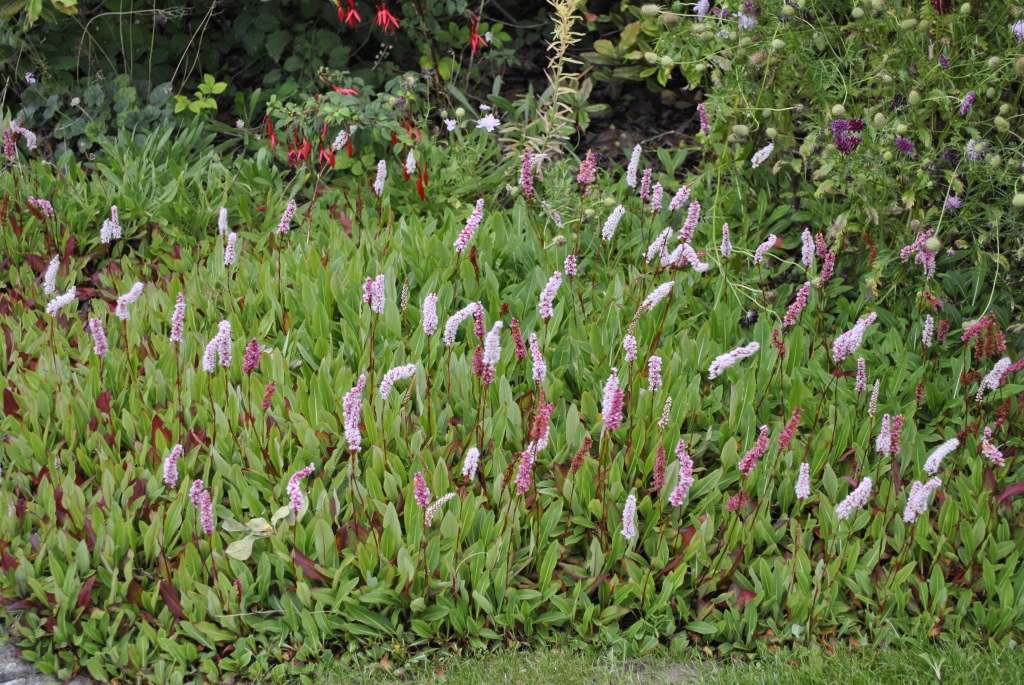
Finally for this week, the little patch of Persicaria affinis under the Rowan tree has finally formed a beautiful mat of pink tufty bunny tail flowers which, for a pleasant change, is exactly what I planned and wanted! Six plants, well spaced out, have knitted together over the last three years to replace the dwindling Osteospermum jacundum and have now fully done so. I love it when a plan comes together which, in gardening, I find quite rare!
Have a great weekend
David

